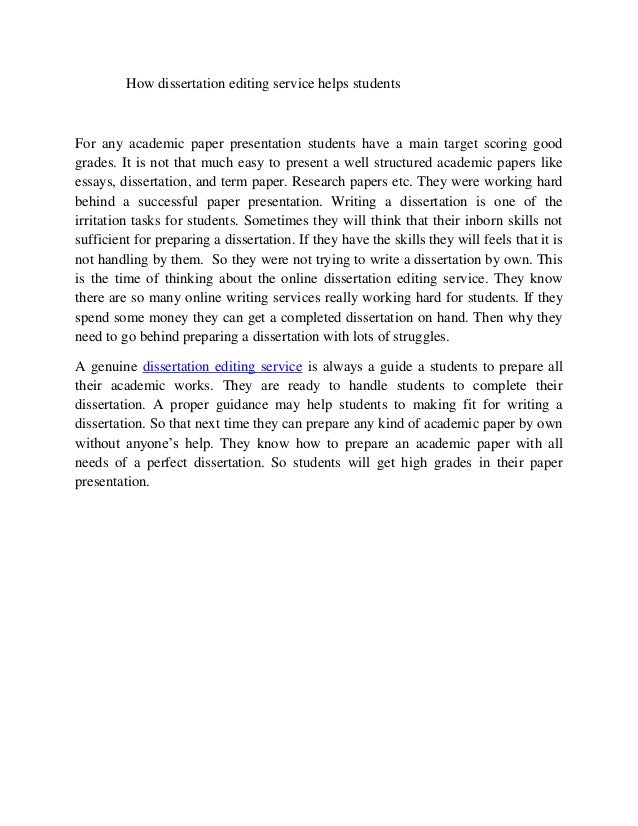When should you Edit, and Any time to Proofread

One associated with the biggest worries I hear from writers and book layout people is the fact creators don't understand what proofreading means.
Like a simple definition, proofreading is reading an already finished in addition to polished manuscript to look for any last problems that might have been missed any time editing. In case a manuscript is looking forward to proofreading, then the errors found should end up being fairly minor in addition to probably not more compared to one per site, hopefully far less. Proofreading does not really include editing or perhaps rewriting.
Many a great editor has acquired an author approach him or her which has a manuscript that will is thought to will need proofreading but really needs editing. Using is far extra substantial than proofreading-it can involve rewriting sentences, deleting unwanted content, writing within new content, relocating around sentences, sentences, and even chapters, and also repairing grammatical and punctuation errors. Many publishers will differentiate between copyediting, developmental editing and enhancing, or other forms of editing. A great editor hopefully can do all of these people for you, somebody that not all editors are the same. You may find a great editor tool who can start a developmental edit to boost your book's articles, to develop your current characters or support to enhance your plan, but he might certainly not be so fantastic at knowing intervalle rules, how to catch split infinitives, or at fixing subject-pronoun agreement problems.
Every book requires editing. If an author says an e book wants proofreading, it virtually all likely needs enhancing unless the publisher has already had an individual else edit the book, and even then, only if that individual is qualified as an editor.

Just about http://b3.zcubes.com/v.aspx?mid=10774907 will perform a free sample revise of a several pages of a manuscript so the creator can see what should be done within terms of editing-sentence structure, organization, grammar, and punctuation-and right after the sample edit is done, typically the author will normally agree its using, not simply proofreading that needs in order to be done, if the editor knows precisely what he's doing. It shouldn't hurt to obtain a few updating samples before you choose an editor to make sure an individual find an editor who will provide the book typically the full attention in order to detail that it needs.
Following the editor tool finishes editing the particular manuscript and the writer is pleased with the particular edits, it's important to get a third gathering who is really good at proofreading to be able to go through the manuscript to catch those few mistakes the writer and manager failed to catch; your own editor might proofread for yourself, but a third group of sight is never a bad idea. Just make certain the person is a qualified proofread-your wife or best good friend are most likely not.
As soon as the proofreading is usually finished, the manuscript is done in addition to ready for layout. In this article is where "proofreading" again becomes a name that authors fall short to understand and that can frustrate both the editor/proofreader and the particular layout person.
Really been said often times that no book is ever completed. We simply select at some stage to abandon it-which often means we feel it is all set for publication. Not any book that has at any time been written has been perfect, and simply no book has at any time suited everyone's likes. You may produce a new beautifully written, grammatically correct, perfectly highlighted book, but it could still have a few rewriting done to be able to make it better. Typically the problem is, once the book is sent to the layout person, the author must inhibit himself from spinning. A writer should become absolutely confident of which the book will be ready for distribution if it is sent to the layout particular person. If it's not, then keep editing and enhancing and proofreading. Just don't do this after the book is laid out and about.
Layout people perform not read the books they lay out; that they are not editors or proofreaders, and they will not necessarily fix your typos and other mistakes until you find these people and ask so they can be fixed.
The layout process includes transforming the manuscript in a new program. Nowadays, authors generally write books in Ms Word or several other word digesting program, and writers will edit the book in the same program. Nevertheless when the reserve goes to the particular layout person, the particular text is converted to a design file, for example InDesign, a program made specifically to design an e book.
The particular layout person sends the proofs-the completed laid out guide in pdf format (or occasionally paper)-to the writer to accept. At this stage, only proofreading should be done. The pdf is simply not the reserve but a duplicate of the guide, and it are unable to be edited directly. I know many editors and design people who have got been extremely discouraged with authors which decide at this stage that they need to insert sentences in addition to paragraphs, reword terms, and flip all-around chapters. As soon as the writer receives the evidence, whether as being a pdf format or in report form, mcdougal have to only try to find typos, and every change should be regarded absolutely necessary. Only typically the layout person, not really the editor, can easily make any modifications the author would like, although any changes ought to be run simply by the editor to be able to make sure grammatical errors, of which in turn the author could be unaware, will certainly not be introduced into the text.
It might be very time-consuming for everybody involved if the author decides to be able to make changes to the proofs beyond repairing a few typos; a paper printout of the set out book must be marked up, or a distinct document created inside which are published down all the asked for changes with site number and web page placement simple reference point. The more calamité requested and considerably more extensive they happen to be, the more likelihood that further mistakes will be released into the book. Stylistic preferences do certainly not count as modifications and should not be made at this kind of point-only the correction of serious errors. Inside short, following your publication is laid out is certainly not the time to be able to rewrite.
Many design people, and specifically the print-on-demand security publishing houses, will certainly charge authors for almost any changes they help make towards the book mainly because a lot of authors have failed to understand that will once a publication is laid out there, rewriting is not appropriate. Other layout people will allow a set number, for instance twenty-five or forty five, corrections for free of charge, and anything over which will be charged by simply the hour or perhaps by the individual correction. Some structure people will even request the author help make the changes throughout the Word doc if major spinning is needed, and then the book will need to be laid out again, along with the author will certainly be charged accordingly since it may well be less time-consuming for the layout person in order to lay out typically the entire book once again than individually have to insert a couple of hundred small changes-and again, don't overlook that each static correction made has the prospective for introducing a fresh typo.
Authors, make your life easier and your design person and editor's lives easier. Study the difference in between proofreading and using and when one or perhaps the other is necessary. When dissertation editors warning off on that will manuscript as finished and send this to the design person, make confident its as best as it's going to to save everyone moment, money, and stress. Then the previous stage of typically the book's production may go easily plus the book can rapidly be sent to the printer.
